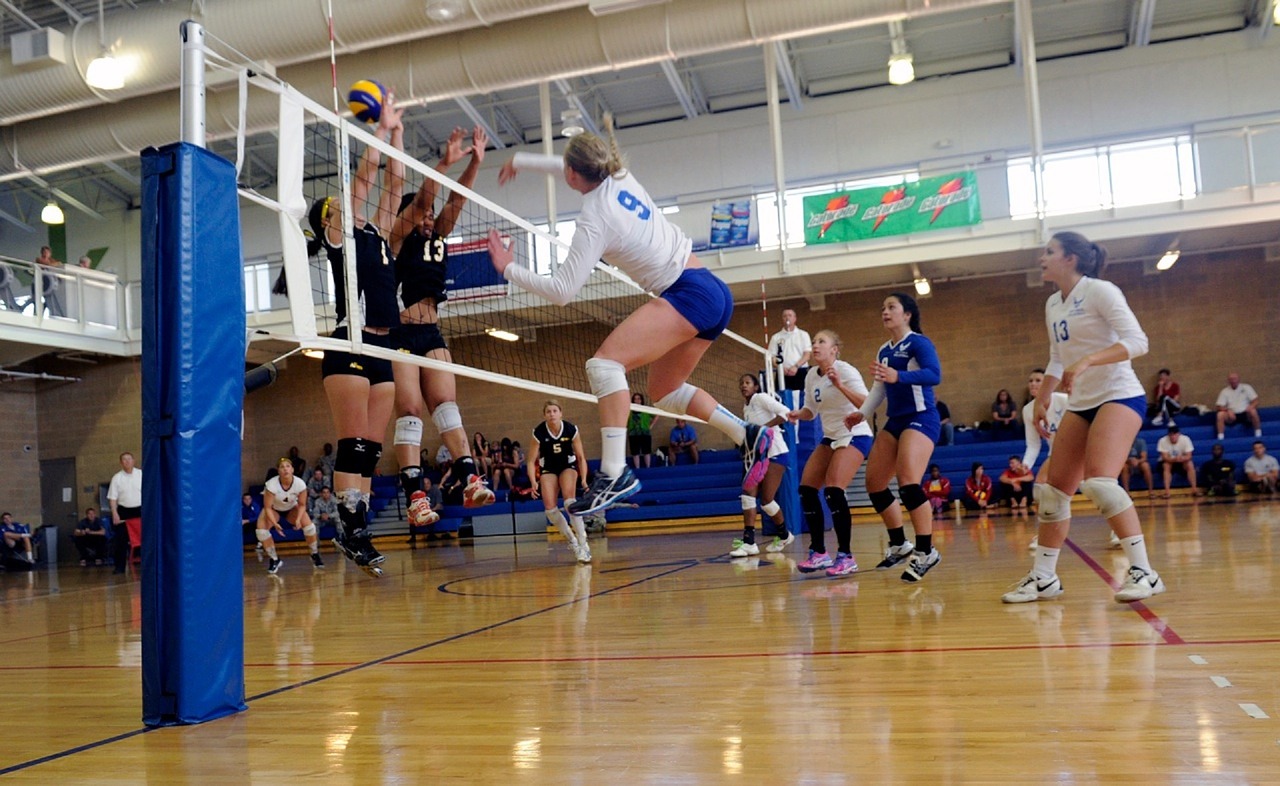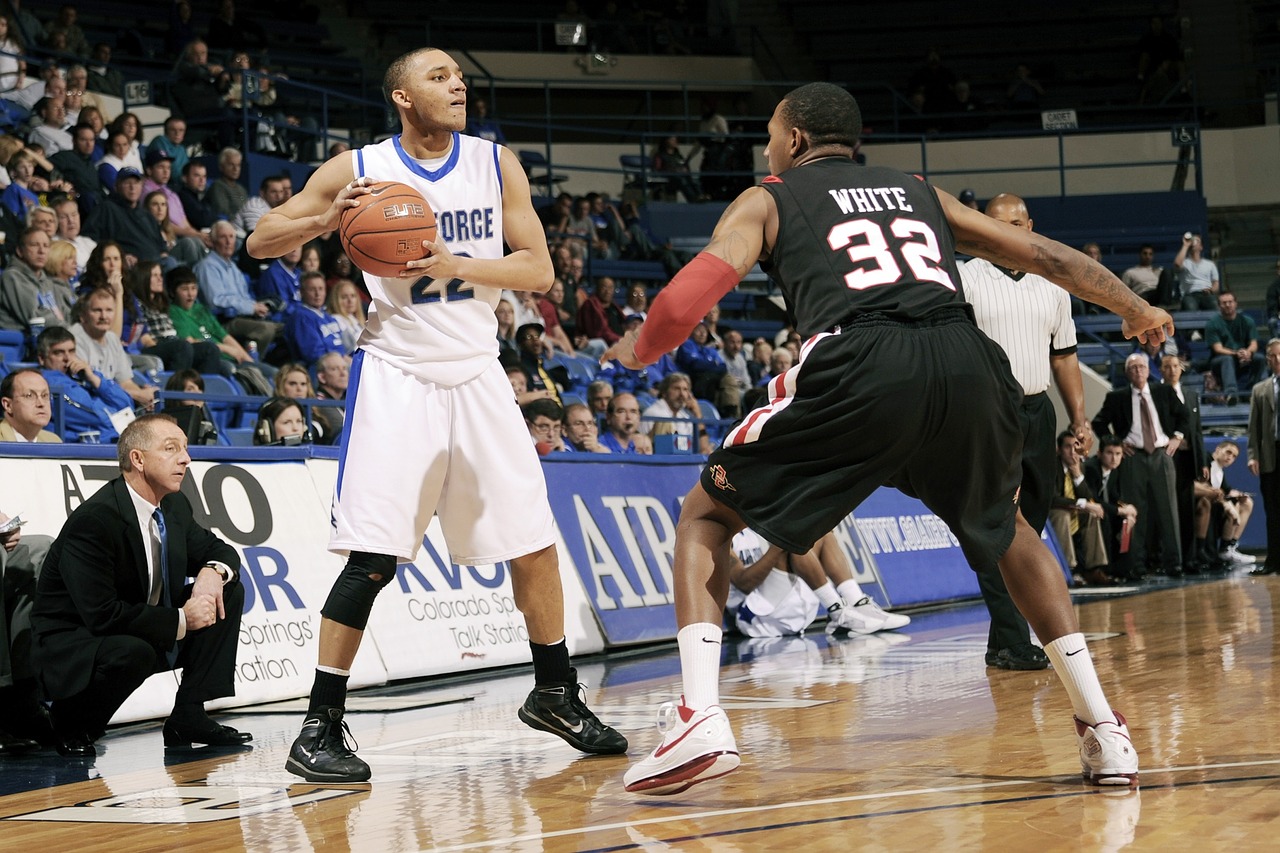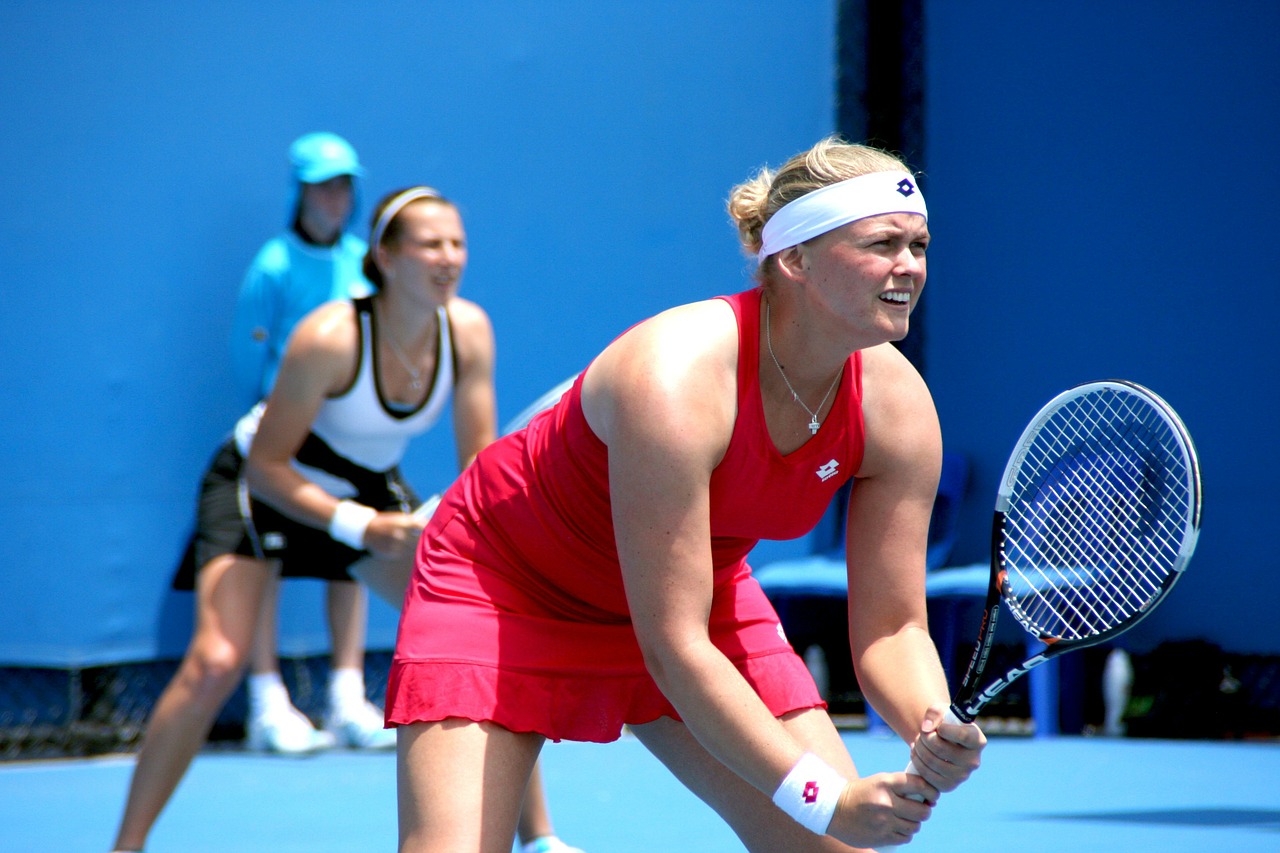
While the title presumes a text devoted entirely to discussing means of Special Strength Training, (highly sport-specific resistance exercises), Special Strength Training Manual for Coaches is in fact a soup-to-nuts primer on sport-performance theory and a summation of Yuri Verkhoshansky’s achievements in the field. An update of a prior work, it's his definitive work not just because it is a capstone to a life in sport science, but because it memorializes the man so well.
It is also a posthumous work — a mostly complete manuscript forms the core of the text, with gaps filled in by Verkhoshansky’s daughter, Natalia (herself an expert in the field). The book also contains appendices that both delve into different specifics of training, and also celebrate Verkhoshansky’s achievements. It’s obvious in many ways that the final product was a labor of love; included in the acknowledgements is elitefts’ own James “The Thinker” Smith, who provided translation assistance.
It’s especially fitting that such a testament was created because for all his contributions, Verkhoshansky reaped relatively little public attention for his work. His work on the Shock Method of training is a vital component of modern sport-performance theory, but his role in defining and advancing periodization concepts beyond the paradigms of the 60’s and 70’s is perhaps his most important. It was in this capacity that he has been overshadowed by his translators, colleagues, and the coaches who borrowed from his work. What we call ‘block periodization’ owes its existence to Verkhoshanksky’s conjugate-sequence system. Only obstacles of ignorance in academia prevented him from gaining his full deserved credit.
There’s a wealth of information to choose from in Special Strength Training Manual for Coaches. In this installment of Revisiting, we’ll look at the core principles Verkhoshansky developed for implementing SST.
Verkhoshansky’s Rules of SST (pages 57-62)
Rule One: Formulating motor task before executing SST means
SST isn’t some ‘secret Soviet method’ that’s guaranteed to unleash unheard of levels of performance, nor is it a gimmick given inflated value because of the environment in which it is utilized. SST is simply an exacting and demanding method of developing sport-specific performance. To be useful, Verkhoshansky advises coaches to not only have their athletes rehearse a given SST means, but to have them understand it prior to execution. Concepts include its relation to the sport, the speed of movement, and how an athlete’s background and morphology can influence the movement’s execution. In short, it should be taught with the same care as any tactical facet of sport, whether it’s dribbling a basketball, shedding a block, or serving a volleyball.
Rule Two: Maintaining scheduled length of rest intervals using active rest
Rest periods are critical in their own right—to give just one example, they determine the energy pathway that’s utilized in a repeated movement—but perhaps just as important is how the periods are conducted. Verkhoshansky recommends moderate activity to help clear metabolic byproducts from working muscles. Such ‘active rest’ can consist of light hopping/jumping, gradual runs, dynamic stretching or even intentional shaking of the involved limbs.
Rule Three: Using SST means in specially organized training sessions
Special Strength Training should be a discrete and isolated portion of the training session. Having unrelated activity shortly before or shortly after can impair the training effect via mechanical fatigue or even simple distraction. The idea of athletes taking on SST after running gassers is an obvious recipe for disaster. More subtle would be the effect of anticipating gassers while trying to focus on SST. Athletes might be less motivated to take part in SST if an unwelcome training mode is next on the immediate agenda, or, subconsciously or not, leave reps in the tank to make the gassers more bearable.
Similarly, SST means with different end goals shouldn’t be mixed together, e.g., explosive SST exercises should be performed in the same session with minimal interference from endurance-focused SST exercises. By definition, the concentrated stimuli of conjugate-sequence blocks are only effective if they are the primary stimuli.
Rule Four: Keeping up training potential of SST means
Put simply, save your best SST exercises for late in the training cycle when your body can handle the rigor, and when you’re in need of an elevated stimulus to maintain progress. Ignoring this advice will (at best) lead to an athlete’s progress stalling on the eve of competition when performance and adaptation should be at their peak.
While SST is intended for advanced athletes, the same advice is good for new lifters looking to pile on bands and rest-pause sets before they can hit a parallel squat with proper form.
Rule Five: Increasing the specificity of SST means’ training stimuli gradually
The specificity discussed here is not necessarily in terms of a mean’s resemblance to a sport activity, e.g., a tennis player wouldn’t be advised to do nothing but run around with a heavy racket at the end of a training cycle. This is in contrast to Matveyev’s methods, as discussed here.
Instead, the SST exercises should be sequenced in a way that builds up needed strength capacities while allowing the skills obtained to blend and augment each other. Verkhoshansky offers the following scheme for track jumpers:
1) Unweighted bounds for movement and body preparation
2) Barbell squats for increasing force at the start of the jump
3) Barbell and kettlebell jumps for increasing speed at the start of the jump
4) Depth jumps for increasing force and speed, and also to provide a high-level stimulus
The transition from bounds to depth jumps would take place over a series of weeks. A similar pattern can be seen in a sequence for training throwers:
1) Throwing exercises for body preparation
2) General strength training to build a tissue/strength base
3) Specific maximal strength lifts
4) Specific explosive strength exercises
Followers of Westside programming will recognize the same basic elements of maximal, dynamic, and repetition methods. Unlike Westside (a concurrent system where different methods are trained simultaneously), the strength methods in these examples are linked (or conjugated) sequentially so that one method follows the other during the training cycle, hence the “conjugate-sequence system.”













